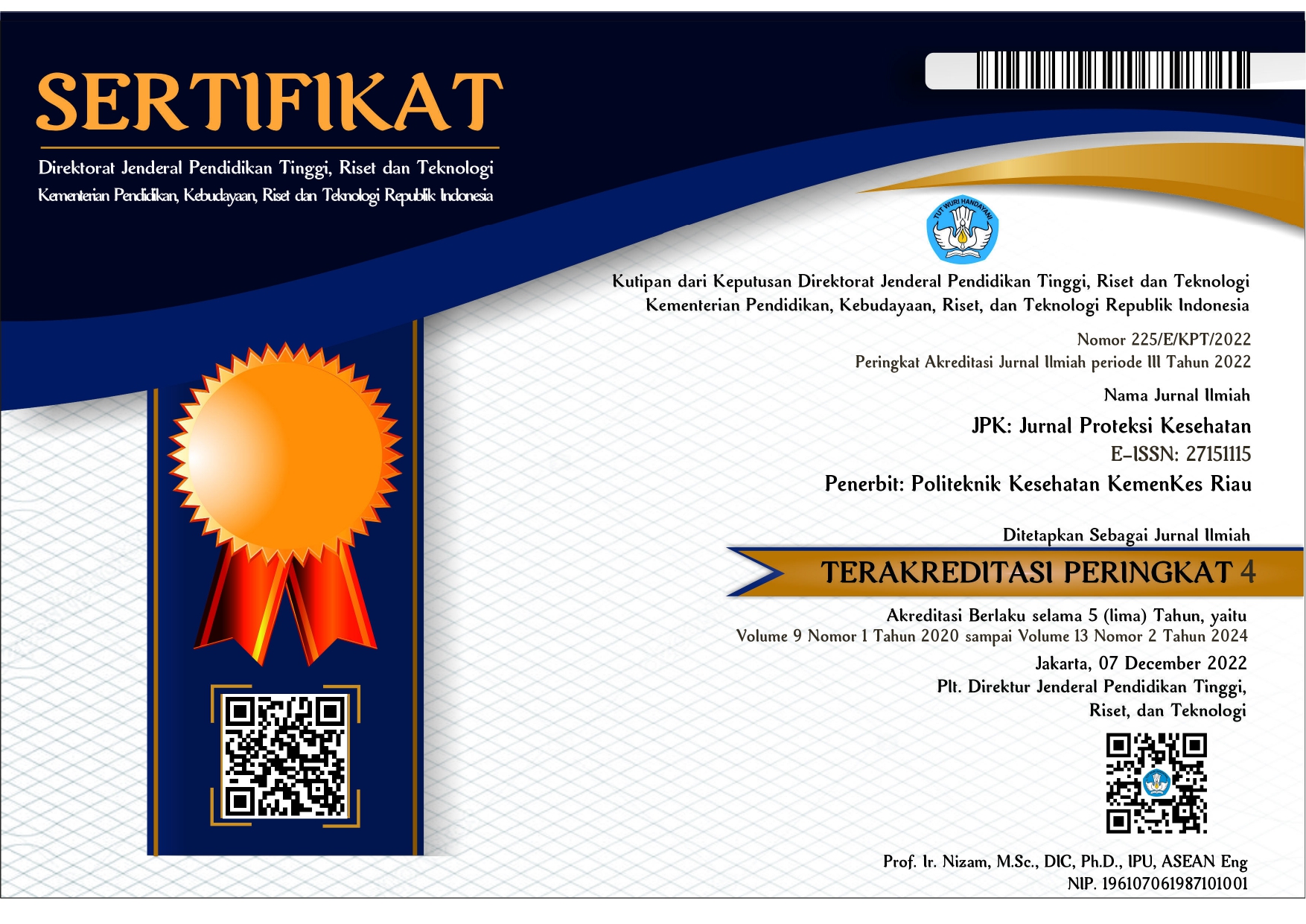The Effect of Delignification and Hydrolysis Process on Isolated Cellulose from Saba Banana Fruit Peel (Musa acuminata × balbisiana)
DOI:
https://doi.org/10.36929/jpk.v11i2.578Abstrak
Musa acuminata × balbisiana fruit peel is a waste that can be utilized to produce a biodegradable, non-toxic, and stable natural cellulose. Cellulose characteristics depend on their isolation process, such as delignification and hydrolysis process, and their natural sources. This research aims to determine the effect of different delignification and hydrolysis process on characteristic of isolated cellulose from Musa acuminata × balbisiana fruit peel. The isolation was conducted by different delignification process, which used sodium hydroxide with heating at 80° C for 20 and 30 minutes, and hydrolysis process using chloric acid and sulfuric acid. The isolated cellulose then was characterized using spectrophotometer FT-IR. The result showed that there were a decrease in absorption intensity, wave number shifts, and some missing peaks of the isolated cellulose by the delignification and hydrolysis process compared to the standard cellulose used.












